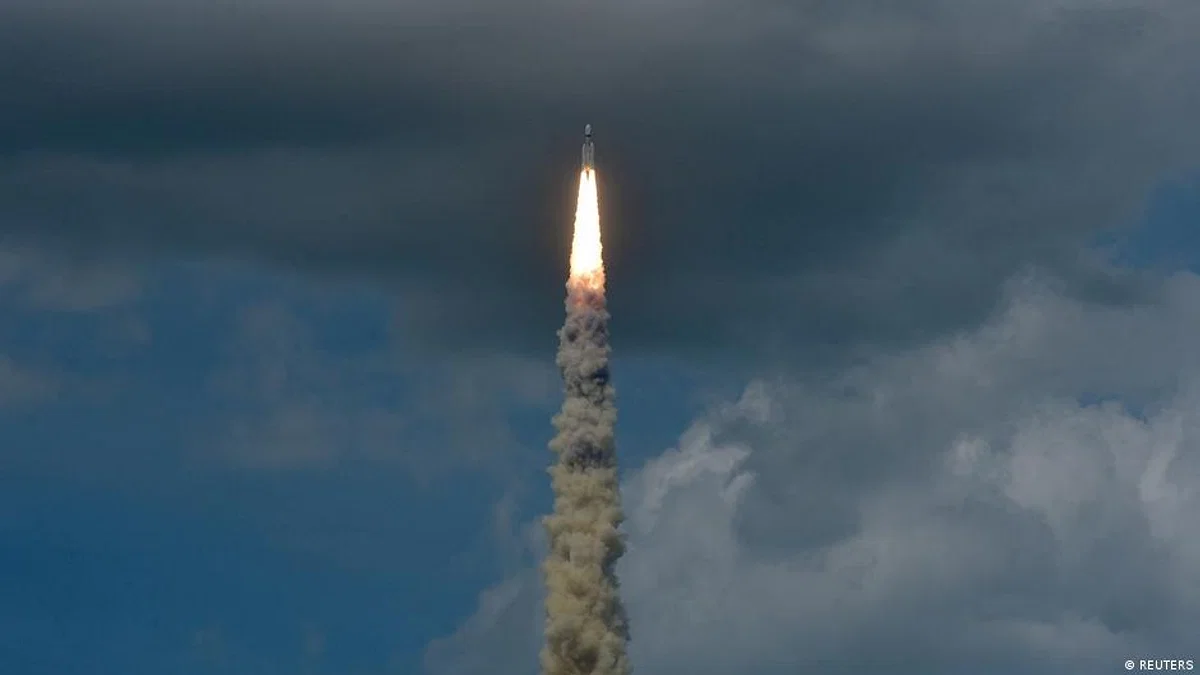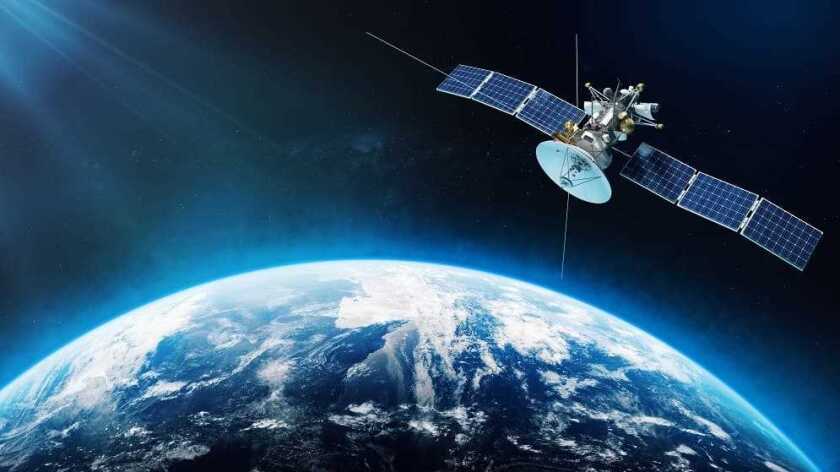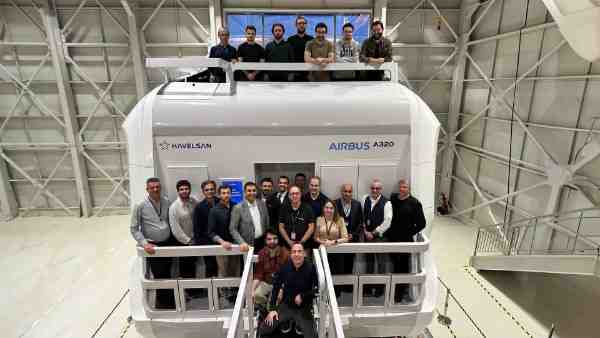On 14th July 2023, India launched its third lunar exploration mission called Chandrayaan-3, which means ‘moon vehicle’ in Sanskrit. It has been developed by the Indian Space Research Organization (ISRO) and consists of a 1500 kg lander named Vikram and a 26 kg rover called Pragyan, which respectively translate to “valor” and “wisdom” in Sanskrit.
After 3 weeks of its launch, Chandrayaan-3 entered the moon’s orbit on 5th August 2023. If the mission goes according to the plan, it will safely land on the less explored region of the moon, the Southern pole, between the 23rd and 24th of August, making India the fourth country to achieve a controlled landing on moon after the US, the USSR, and China.
Built on a budget of less than $75 million, Chandrayaan-3 took much longer than the Apollo missions of the 1960s and 1970s to enter the lunar orbit as the rocket utilized by it is less powerful as compared to that of the US. Successful completion of this mission will be a significant development in India’s space program.
India launched a moon mission for the first time, called Chandrayaan-1 on October 22, 2008. Chandrayaan-1 was planned to last for about two years, but when the radio contact was lost on August 28, 2009, the mission ended. The mission was also the first one to discover that the moon has water molecules.
A second lunar exploration mission, Chandrayaan-2, was launched in 2019. However, instead of safely landing on the moon, it crashed due to some technical faults.
Author: Aleezay Gul is student of Defence and Strategic Studies at Quaid-i-Azam University, Islamabad. She has previously worked with the European Student Think Tank as their ambassador to Pakistan, and Institute of Greater Europe as a writer.












